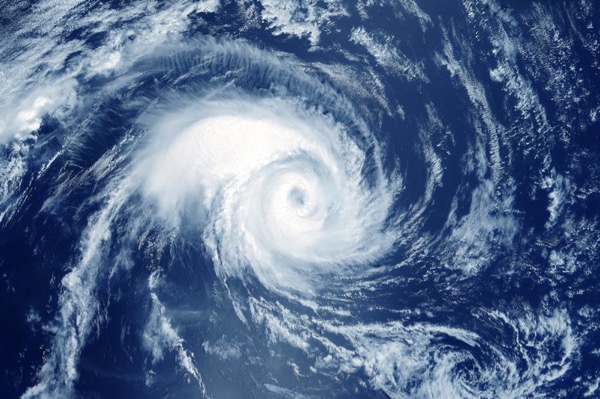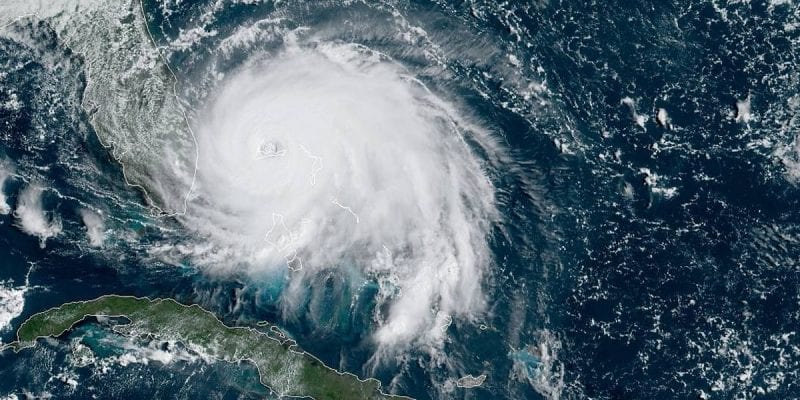

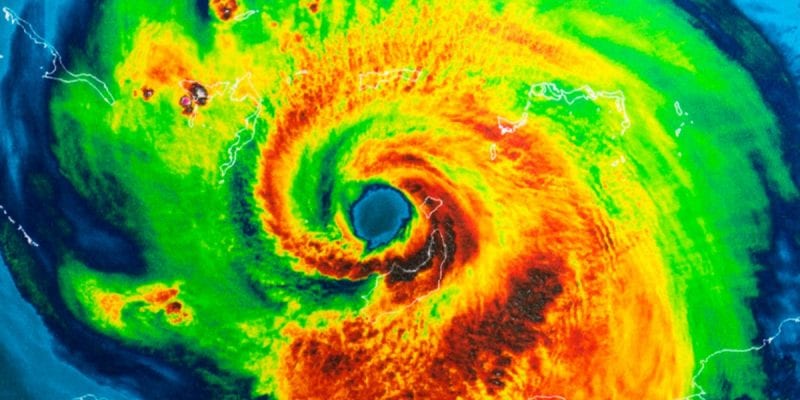
Tropical Storm Updates
[Update 06/02/2023 8:00AM]:
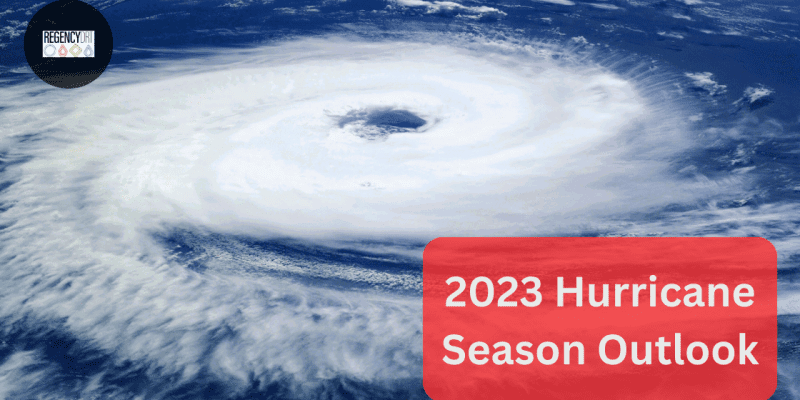
2023 Atlantic Hurricane Season: Comprehensive Outlook and Preparations
The 2023 Atlantic Hurricane Season is fast approaching, and it’s crucial to be well-prepared for the potential impact of these powerful storms. This article will provide a comprehensive hurricane season outlook, including predictions for the 2023 hurricane season, areas at risk, and essential preparation tips. By staying informed and taking the necessary precautions, you can ensure the safety of your family, property, and community.
2023 Hurricane Season Outlook
The 2023 Atlantic Hurricane Season is expected to be an active one, with 14-18 named storms, 7-9 hurricanes, and 2-4 major hurricanes predicted. This outlook is based on the current weather patterns, historical data, and the transition from a La Niña climate pattern to an El Niño late in the season. Although the 2023 hurricane outlook is considered somewhat average, it’s crucial to be prepared for any potential hurricanes or tropical storms that may develop.
Weather Patterns and Climate Influences
Several factors influence the development and intensity of hurricanes during the Atlantic Hurricane Season. These factors include sea surface temperatures, the presence of La Niña or El Niño, and the various climate oscillations such as the Atlantic Multidecadal Oscillation (AMO) and the North Atlantic Oscillation (NAO).
The 2023 Atlantic Hurricane Season is expected to begin with a neutral climate pattern, eventually transitioning to an El Niño later in the season. El Niño years typically result in a less active hurricane season due to increased wind shear, which disrupts the formation of hurricanes in the Atlantic. However, it’s important to note that even in El Niño years, powerful hurricanes can still form and make landfall.
Historical Comparisons
When predicting the 2023 Atlantic Hurricane Season, it’s helpful to look at previous years with similar climate patterns and conditions. The 1957 and 1976 hurricane seasons are considered the best analogs for the 2023 season, as both years experienced a transition from a La Niña climate pattern to an El Niño. In both of these seasons, the number of storms was near average, with more tropical storms than major hurricanes making landfall.
Areas at Risk for the 2023 Hurricane Season
Several areas along the U.S. coast have been identified as “hot spots” for the 2023 Atlantic Hurricane Season, with a higher than average risk of being directly impacted by a landfalling tropical system. These hot spots include:
Florida East Coast
The East Coast of Florida is at an increased risk for landfall from hurricanes in 2023, particularly in the areas around the Treasure Coast and Central Florida. The potential return dates for this weather pattern include May 30-June 3, July 20-24, and September 8-13.
Florida West Coast
The West Coast of Florida, including the panhandle, is also at a heightened risk for landfall from tropical systems in 2023. The potential return dates for this weather pattern include May 22-25, July 12-15, and August 31-September 4. Additionally, once these systems move away from Florida, they may also pose a threat to the Georgia and South Carolina coasts.
Carolina Coast
The coastal areas of North and South Carolina may also face an increased risk of hurricane impacts in 2023. The potential return dates for this weather pattern include May 14-20, July 3-10, and August 23-30.
South Texas
Although not considered a hot spot for landfall, South Texas should still be on alert for potential tropical systems in 2023. Persistent weather signatures in this region indicate the possibility of tropical storm activity during the hurricane season.
Mid-Atlantic Coast
The Mid-Atlantic Coast, including areas from Virginia to New Jersey, may also be at risk for a sneaky hurricane or tropical storm landfall in 2023. Numerous low-pressure systems have passed up the Eastern Seaboard during the winter, suggesting that the region should remain vigilant during the hurricane season.
Preparing for the 2023 Atlantic Hurricane Season
With the 2023 Atlantic Hurricane Season approaching, it’s essential to take the necessary steps to prepare for potential impacts. The following sections outline essential preparation tips to ensure the safety of your family, property, and community.
Develop a Family Emergency Plan
Before the hurricane season begins, create a family emergency plan that outlines how you will communicate, where you will meet, and what you will do in the event of a hurricane or tropical storm. Make sure all family members are familiar with the plan and practice it regularly to ensure everyone knows what to do in an emergency.
Assemble a Hurricane Kit
A well-stocked hurricane kit is essential for riding out a storm safely. Your kit should include:
- Non-perishable food and water for at least three days
- A battery-powered or hand-crank radio
- Flashlights and extra batteries
- A first aid kit
- Prescription medications and other essential personal items
- Cash and important documents stored in a waterproof container
- Supplies for pets, such as food, water, and medications
Protect Your Property
Before hurricane season begins, take steps to protect your property from potential storm damage:
- Trim trees and shrubs to minimize the risk of falling branches
- Clean gutters and downspouts to ensure proper drainage
- Install storm shutters or cover windows with plywood to protect against flying debris
- Secure outdoor furniture and other items that could become projectiles in high winds
- Review your insurance coverage to ensure you have adequate protection in the event of a hurricane
Stay Informed
Throughout the hurricane season, stay informed about the latest weather updates and forecasts. Follow local news and weather sources, as well as the National Hurricane Center, for the most up-to-date information on potential storm threats.
The 2023 Atlantic Hurricane Season has the potential to be an active one, with several areas along the U.S. coast at an increased risk for landfalling tropical systems. By staying informed, developing a family emergency plan, assembling a hurricane kit, and taking steps to protect your property, you can ensure that you are prepared for whatever the season may bring. Remember that even in an average hurricane season, it only takes one storm to cause significant damage and disruption. Remain vigilant and take all necessary precautions to keep your family and community safe.
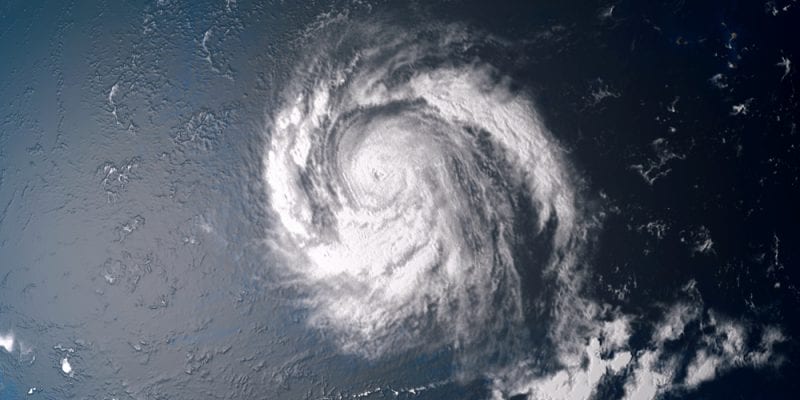
Hurricane Updates
[Update 11/09/2022 2:00PM]:
